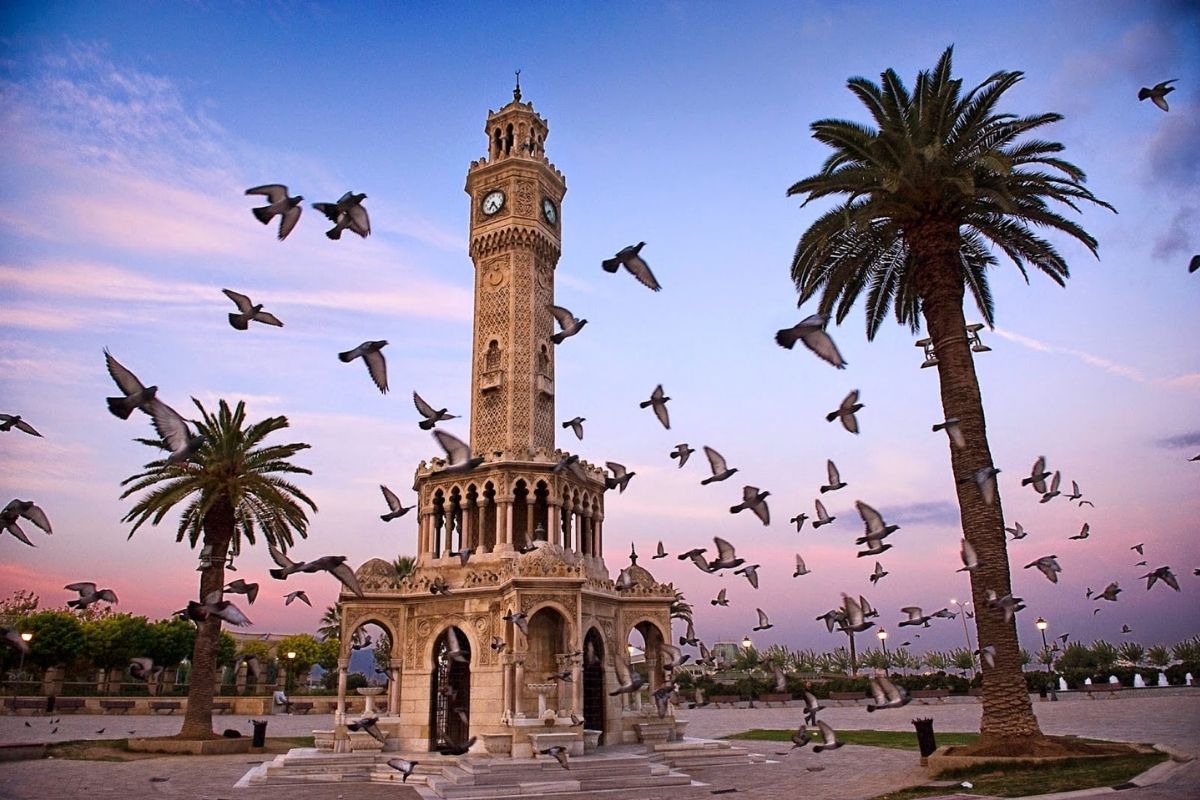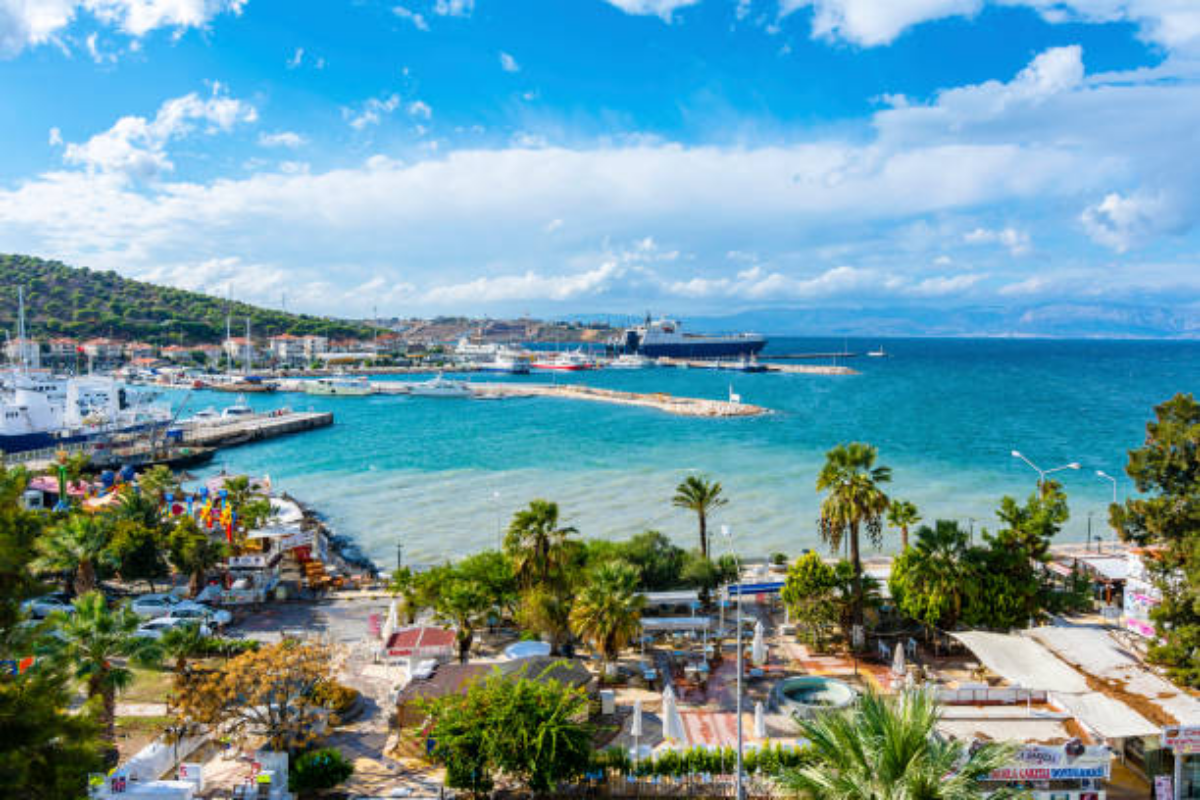A Day in Mardin: A Journey into Historical and Cultural Riches

Mardin's Historical Texture: The Stone City
Mardin boasts thousands of years of history, and this past is embedded in every corner of the city. Known for its unique architecture, stone buildings, and narrow streets, Mardin is situated on a hill overlooking the Mesopotamian Plain. The stone structures keep the city cool even on hot summer days. Spending a day in Mardin feels like witnessing time flow backward.
Mardin Castle: See the City from Above
One of Mardin’s symbols, Mardin Castle offers an opportunity to view the city from a high vantage point. Dating back to the 4th century, this castle is both historically and panoramically significant. From here, you can gaze at Mardin’s stone houses, streets that resemble those of the Far East, and the Mesopotamian Plain.
Religious and Cultural Richness of Mardin
Mardin is also notable for being a city where people of various religious faiths coexist. Structures related to Islam, Christianity, and Judaism are part of the city’s rich cultural fabric.
Zinciriye Medrese: Traces of the Middle Ages
Among Mardin’s historic structures, the Zinciriye Medrese is a 14th-century Islamic school. Notable for its magnificent stone craftsmanship and elegant architecture, this medrese is one of the important structures that reflects Mardin’s Ottoman period. After touring the medrese, sitting in the courtyard and enjoying the city view offers visitors a peaceful experience.
Deyrulzafaran Monastery: Christian Heritage
Located 8 kilometers outside Mardin, the Deyrulzafaran Monastery is a Syriac Orthodox monastery that has been in existence since the 5th century. This monastery holds great significance both architecturally and religiously. Exploring the monastery's icon collection and sacred areas used for pilgrimages provides a deeper understanding of Mardin’s religious diversity.
Mardin’s Streets: A Journey Through Time
Visitors spending a day in Mardin cannot fully explore the city without wandering through its narrow streets and traditional stone houses. The old Mardin houses, known for their stone craftsmanship, reflect the lifestyle of past times. While walking through Mardin’s narrow streets, you will encounter workshops making traditional handicrafts. Mardin soap, handmade jewelry, and carpets are among the souvenirs you can find in these streets.
Mardin Cuisine: A Rich Culinary Experience
In addition to its historical and cultural richness, Mardin is also famous for its cuisine. Mardin’s cuisine includes influences from Arab, Kurdish, Syriac, and Turkish culinary traditions. Kaburga dolması (stuffed ribs), ciğer kebabı (liver kebab), and various olive oil dishes are among the most famous foods of Mardin. Additionally, local delicacies such as battal kebabı and kısır offer visitors an unforgettable culinary experience.
Shopping in Mardin: Handicrafts and Souvenirs
While strolling through Mardin’s streets, you can discover shops selling traditional handicrafts and souvenirs. Here, you can purchase products such as telkari (filigree jewelry), mother-of-pearl inlaid items, silver jewelry, and woven carpets. These handmade pieces reflect Mardin’s cultural richness and the finely crafted art of the region.
Conclusion: A Day in Mardin, A Lifetime of Memories
Mardin is one of Turkey’s most unique cities, with its historical, cultural, and religious richness. Spending a day in Mardin is not only a tourist trip but also a journey back in time. The city’s historic buildings, streets, cuisine, and people offer visitors the chance to create unforgettable memories. If you want to experience history firsthand and see diverse cultures in one place, discovering Mardin will be a wonderful option for you.










